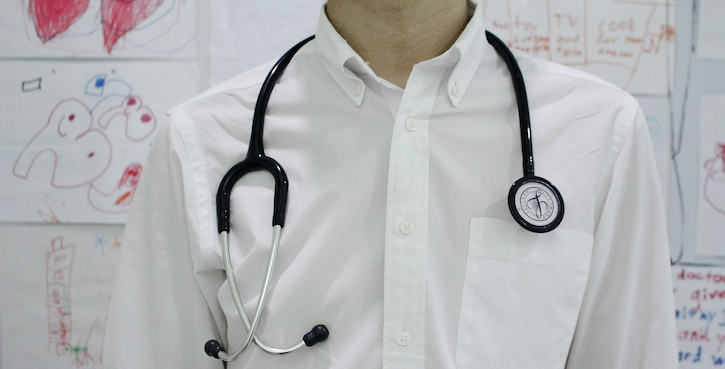AMA President Points to EHRs as Continued Pain Point for Physicians
Administrative burden is fueling physician burnout.

Electronic health records (EHRs) are still not being used to their greatest potential. While the technology was designed to improve patient care and clinical workflow, the systems are actually contributing to physician burnout and playing a role in the larger problem of administrative burden.
“Healthcare is now the largest employment segment in the U.S. economy, driven largely by new hires focused on administrative tasks instead of clinical care,” Barbara L. McAneny, M.D., president of the American Medical Association (AMA), said this past weekend at the 2019 AMA Annual Meeting in Chicago.
Physicians spend two hours doing writing notes for every one hour spent with patients, McAneny added. But the time spent writing notes doesn’t improve patient care — just a hospital’s star rating, which earns higher payments.
Administrative burden can lead to physician burnout and takes time away from what the physician really wants to do: Spend time with the patient.
So, the AMA is working to reduce burnout and predict and prevent suicide in physician populations.
“The AMA is focused on reducing this ever-increasing bureaucracy,” McAneny said. “Prior authorization drives us all crazy, and the AMA has engaged some of the largest players to right-size that process, easing physician frustration and ensuring that patients receive the care they need in a timely manner.”
Among AMA’s physician burnout initiatives is a policy designed to help identify patterns that could predict and prevent suicide among physician in training.
The AMA also launched the Professional Satisfaction and Practice Sustainability initiative in 2013. The initiative is meant to allow physicians to put their patients first.
But EHRs exist, and although a recent study from Reaction Data revealed that almost 40% of surveyed physicians from outpatient clinic are considering a replacement of their EHR and other technology, the systems can still be advantageous.
Despite the lack of interoperability and missing information, physicians still use EHRs to inform clinical practices, to analyze and compare treatment practices and can offer insights to more safely prescribe opioids.
Navigate the digital transformation with confidence. Register for our newsletter.
Reduce Physician Burnout
Physician Burnout Costs Healthcare System $4.6B a Year, Study Finds
How to Ease the Time Pressure That Contributes to Physician Burnout
Thwarting Physician Burnout Through the Power of Precision Medicine
Healthy Bottom Line: The Trouble With SDOH Programs and the Secret to Improving Them
September 28th 2021Several problems exist with current programs that address social determinants of health (SDOH); however, a new social model aims to combat these issues and improve the programs’ effectiveness.